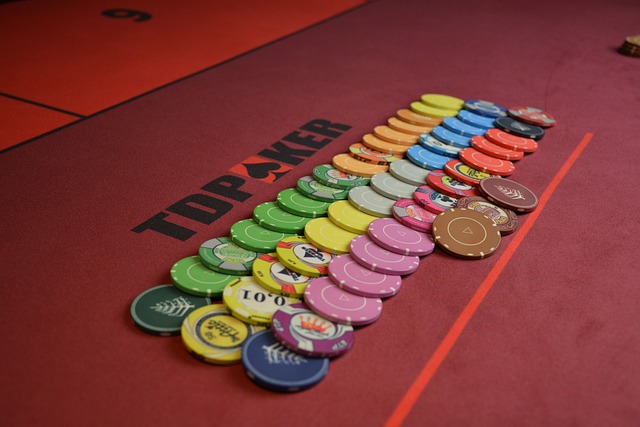VIP programs promise special treatment, but not every perk translates into profit. Some rewards genuinely boost your effective return; others simply nudge you to play longer. The goal is to turn shiny benefits into hard numbers you can actually bank.
What VIP Tiers Promise
Tiers bundle visible status—colored cards, priority support, dedicated hosts—with practical perks like higher limits and faster withdrawals. The social gloss feels great, but only cashable or fee-reducing benefits change your bottom line. Treat the rest as nice-to-have, not reasons to raise stakes.
Tier ladders are calibrated to keep you grinding toward the next milestone. As targets rise, average bet size and time on device often rise too. If extra play is required just to “maintain” status, the real cost may exceed the value of the perks.
Before chasing rank, list the perks that convert to dollars: fee waivers, faster payouts, cash credits, and better rakeback bands. Everything else—lounge access, cosmetics, birthday gifts—belongs in a separate “fun” column. That separation clarifies whether the climb is worth it.
Rakeback, Cashback, and Rebates

Rakeback returns a slice of fees or house edge from your action; cashback refunds a percentage of net losses; turnover rebates credit a fixed rate on volume. They look similar in dashboards, but the base they apply to makes a big difference. Cash versus bonus matters as well, because wagering requirements can haircut real value.
Headline percentages are often misleading without caps, contribution tables, and game exclusions. A “20%” loss rebate can be worse than “5%” rakeback on turnover, depending on variance and the titles you play. Always compute the effective rate after limits, expiry rules, and any reduced contribution on high-RTP games.
Use the quick comparison below to frame the offer before you commit volume. If a benefit can be clawed back for “irregular play,” discount it heavily. Transparent programs show the math upfront and let you verify accruals in real time.
| Program Type | Base Applied To | Typical Form | Key Gotcha |
|---|---|---|---|
| Rakeback | Fees / house edge | Cash or near-cash | Lower rates on high-RTP titles |
| Cashback | Net losses | Bonus, often wagered | Caps reset weekly/monthly |
| Rebate | Turnover | Instant credits | Excluded games shrink yield |
Calculating Real Value
Translate every perk into expected value. If you’ll wager $10,000 this month and true rakeback is 4% cash, that’s +$400 EV before variance. Set that against the game’s house edge and your unit size to decide whether the grind makes sense at your risk tolerance.
Time and friction erode value. Delayed withdrawals, slow manual reviews, or cashback with heavy wagering reduce the effective return you actually realize. Include the hours to clear terms and any support back-and-forth when comparing sites offering similar percentages.
Track realized results, not just promises. Log gross volume, credited amounts, forfeitures, and missed expiries. Over a few cycles you’ll see whether the program pays what the banner implies—or whether small print consistently trims your yield.
Safer Structures and Red Flags

Healthy programs are transparent, cash-leaning, and limit-aware. They publish contribution tables, show live progress, and keep status during cool-offs or self-set deposit limits. Perks like fee-free withdrawals and streamlined KYC add certainty without pressuring volume.
Be cautious of “up to X%” rates locked behind steep tiers or narrow game lists. Sudden target spikes near renewal, mystery multipliers, and hosts urging bigger stakes after losses are classic traps. If “cashback” arrives as a bonus with tough wagering, treat it as marketing, not money.
When terms contain broad clawback clauses, assume enforcement will favor the house. If auditing accruals requires support tickets, expect slippage. The safer play is to prioritize clarity and cash over spectacle.
Building Your Own VIP Strategy
Set objectives before you grind. Decide whether you’re pursuing cash EV, convenience upgrades, or social perks, and fix a monthly play cap that you won’t override just because you’re “close” to a tier. A steady, smaller rakeback beat is better than a risky sprint for status.
Test programs with low stakes, then concentrate volume where realized EV matches the brochure. Rotate venues if another program posts higher effective rates with cleaner terms; sunk points are not assets. Keep a simple ledger so you know which perks you used and what they were worth.
Finally, protect process with limits that survive a hot or cold run. Maintain deposit caps, use session timers, and avoid raising units to chase tier deadlines. VIP value should come from math and structure—not from momentum and pressure.
